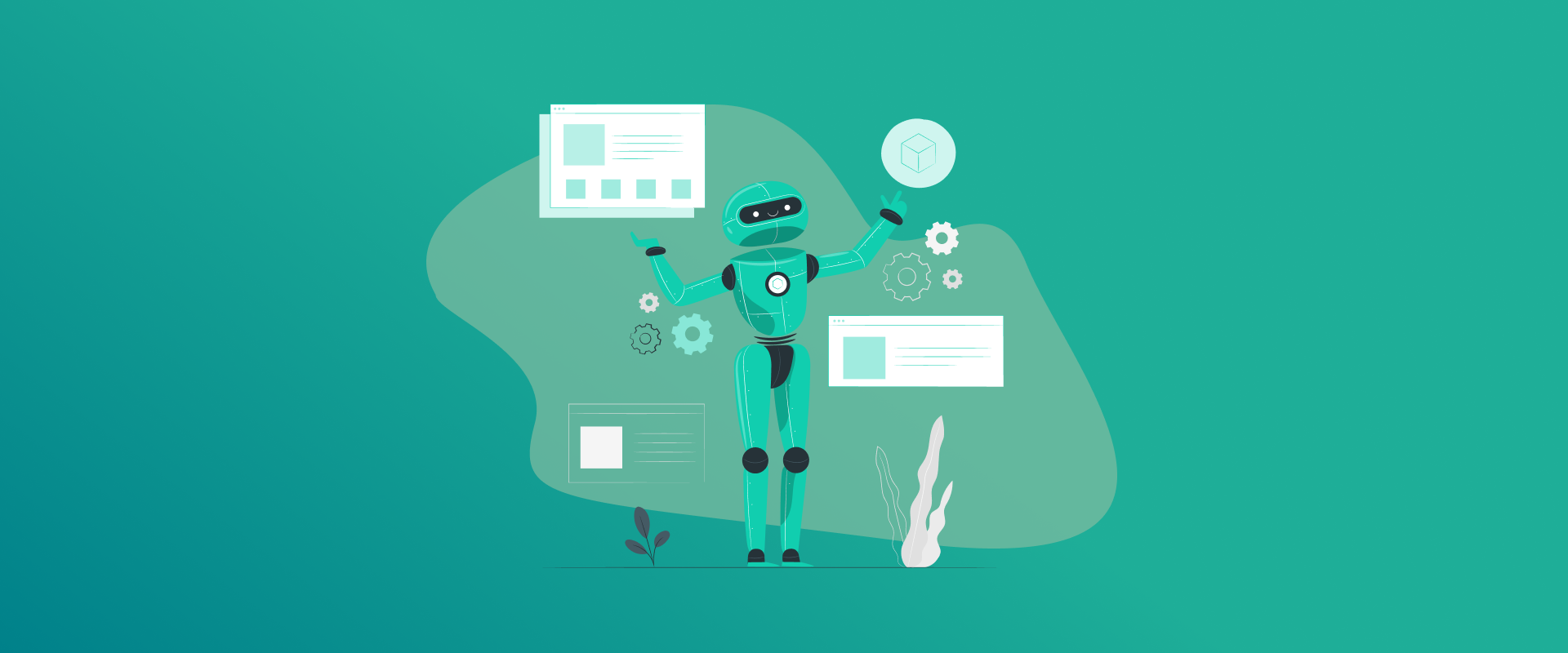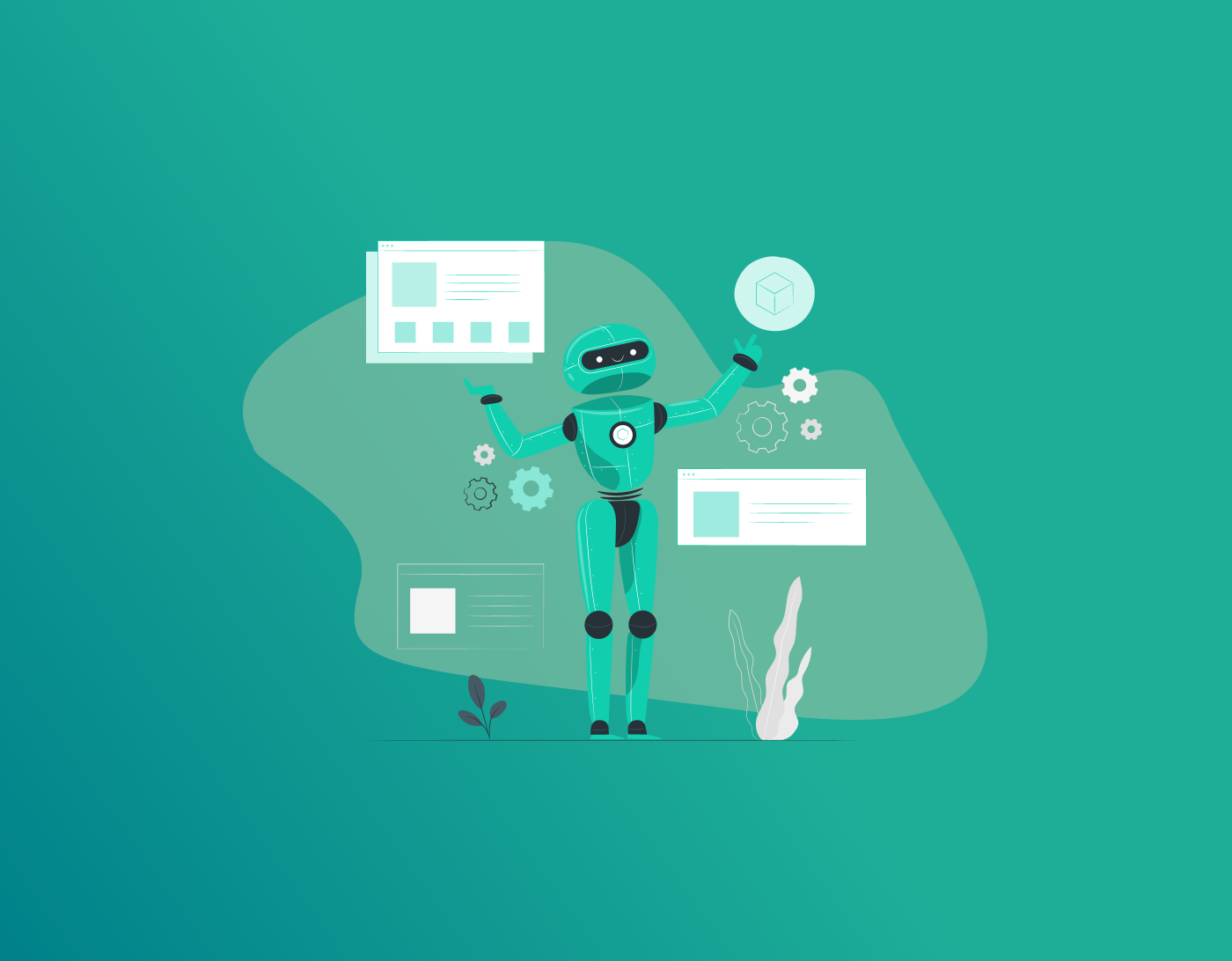
Digital threats keep coming up everywhere, making strong password protection a must. Cybercrooks get smarter daily, outpacing old-school defenses. That’s where artificial intelligence steps in, shaking things up in cybersecurity. This blog looks at AI and password security, showing how tech reshapes safeguards. It spots weird patterns right away and guesses breaches before they hit.
Note: If you’re looking for a solid way to handle all your passwords, we really recommend FastestPass. It’s got these secure, encrypted vaults to keep everything locked down, an autofill that works in a flash, and it constantly watches for any potential security issues to keep you safe.
The Evolution of Password Security
In the initial days of computing, passwords were very basic, and all that was required were letters and numbers. Yet with the webbing, holes were increased. Brute force, word lists, and forgery were used to attack. Inclusion of additional measures, such as text codes or key fobs, came in handy, but issues still remained. Users use the same passwords on different sites, which is called a huge leak. Now, how AI changes password protection is shown in its flexible responses to dangers.
Passwords got their start back in the 1960s with those early time-sharing systems at spots like MIT, where people needed unique ways to log into shared computers. Go forward to the 1990s, and passwords became a necessity for activities such as email and internet banking. However, people tend to choose such simple ones as 123456 or their birthdays, and this is why they become sitting ducks to hackers. Regulations such as GDPR came to advocate tougher habits, but the data breaches continuously accumulated.
Then, around the 2010s, AI started playing a bigger role—think Google’s CAPTCHA upgrades that went way beyond just squiggly letters. These days, it’s all about ongoing checks rather than one-and-done logins, which lightens the load on our brains and cranks up the protection.
How AI Changes Password Protection
At its heart, how AI changes password protection comes from forecasting risks. Old systems wait for trouble to strike, but AI jumps ahead. Neural nets sift through massive data sets, identifying anomalous actions such as logins from distant locations or unusual times.
Password toughness checks also receive a boost. AI doesn’t stop at counting characters. It mimics cracker methods to test resilience. It might run a fake attack with fast processors, then suggest beefing up weak spots. Plus, AI protecting passwords upgrades how we scramble data. It fine-tunes key creation for true randomness, dodging human slip-ups that leave clues for bad guys. In big offices, AI hooks into access controls, handling rules on autopilot. Spot a worker poking around strange files? It flags or locks down quickly, cutting off inside risks or stolen logins.
This is demonstrated by FastestPass password manager, which scans habits so as to optimize security in the background. AI changes breach response time. To give an example, once the login performance of a user rises unnaturally, and one needs to perform maintenance, automation, the CAPTCHA, or biometrics can be enforced by AI in real-time. This flexibility has been defined by training on varied data sets such as simulated attacks. To create a resistant AI, developers introduce scenarios of previous incidents.
Over time, these systems self-improve, reducing false positives that annoy users. In personal use, AI suggests phasing out old passwords based on site-specific threats, like if a platform’s been hit recently.
AI in Authentication Security
Turning to AI in authentication security, AI goes beyond passwords to confirm who’s really there. It watches typing rhythms, screen swipes, or device grips, building profiles tough to copy. This fixes issues with forgot-password resets, which are prone to trickery. AI throws curveballs like voice checks or walk patterns from phone sensors.
By 2025, AI autonomous verification of ingress incorporates intelligence regarding the immediate environment, including verifying the type of device and verifying connection stability in the green light. The banks are on the frontline, draining the fraudsters of their funds.
Users switch from phones to laptops easily, but AI verifies consistency in behavior across them. If a login from a new device shows familiar patterns, it approves, or it demands extra proof. This contextual approach draws from data like IP addresses and browser fingerprints. In high-stakes fields like healthcare, AI ensures compliance with laws like HIPAA by auditing access logs automatically. Real-time adjustments mean that if global threats surge, like a new phishing wave, AI tightens protocols network-wide.
Ways AI Helps Protect User Passwords
Constant watching takes the first place in terms of AI assistance in protecting user passwords. To support teamwork, it creates short-term connections that disappear when they are utilized, preventing remaining gaps. It tailors the guards to the risk levels, such as large accounts that receive face scans, and minor ones have to live with the bare essentials. Recovery gets smarter. AI tests that are not canned but that use new questions. It combats the mass attacks by correlating tries at locations, blocking robot configurations.
Additional extensions are by integrating with wearables to use bio-signals, such as the heart rate patterns, when logging in to provide additional verification. AI also anonymizes stored data, hence in case of breach, passwords remain in a garbled state. In the case of e-commerce, it displays cart abandonments that may indicate intercepted sessions. In the gaming industry, AI serves the function of preventing takeovers on accounts by tracking playing styles.
FAQs
AI boosts password security by catching oddities, crafting strong codes, and foreseeing dangers quickly, creating flexible defenses. Machine learning watches entry habits, marks suspect moves, and warns about leaks from shady sources. AI pushes no-password choices like body scans, but often layers with passwords for mixed strength. Dangers include skewed models, info leaks, and clever hacks, fixed with careful builds and fresh tweaks.
Final Words!
AI and password security mark a big turn in guarding online selves. From AI protecting passwords to fresh AI driven authentication for passwords 2025, tech delivers huge leaps. Knowing how AI changes password protection, using AI in authentication security, and tapping into the uses of AI for password safety fortifies against shifting dangers.
Generate passkeys, store them in vaults, and safeguard sensitive data! Receive the latest updates, trending posts, new package deals,and more from FastestPass via our email newsletter.
By subscribing to FastestPass, you agree to receive the latest cybersecurity news, tips, product updates, and admin resources. You also agree to FastestPass' Privacy Policy.
Secure and Create Stronger Passwords Now!
Subscribe to Our Newsletter







